Resources
Fact Sheets and Handouts
The Northwest Cement Council has assembled a collection of Handouts and Summary Handouts that are available for use in presentations, briefings and round table discussions. These resources are free to use. Many are based on research activities undertaken by the Council or its various members.

Build Back Better
Building Better and Resilient Buildings and Infrastructure in our communities to higher standards than are required by currently established building codes is critical to the future wellbeing of millions of people worldwide.
Read more
Carbon Neutral Concrete
Concrete. It is the world’s most widely-used building material. It is estimated that the cement and concrete sectors account for roughly 5 to 7% of global carbon emissions.
Read more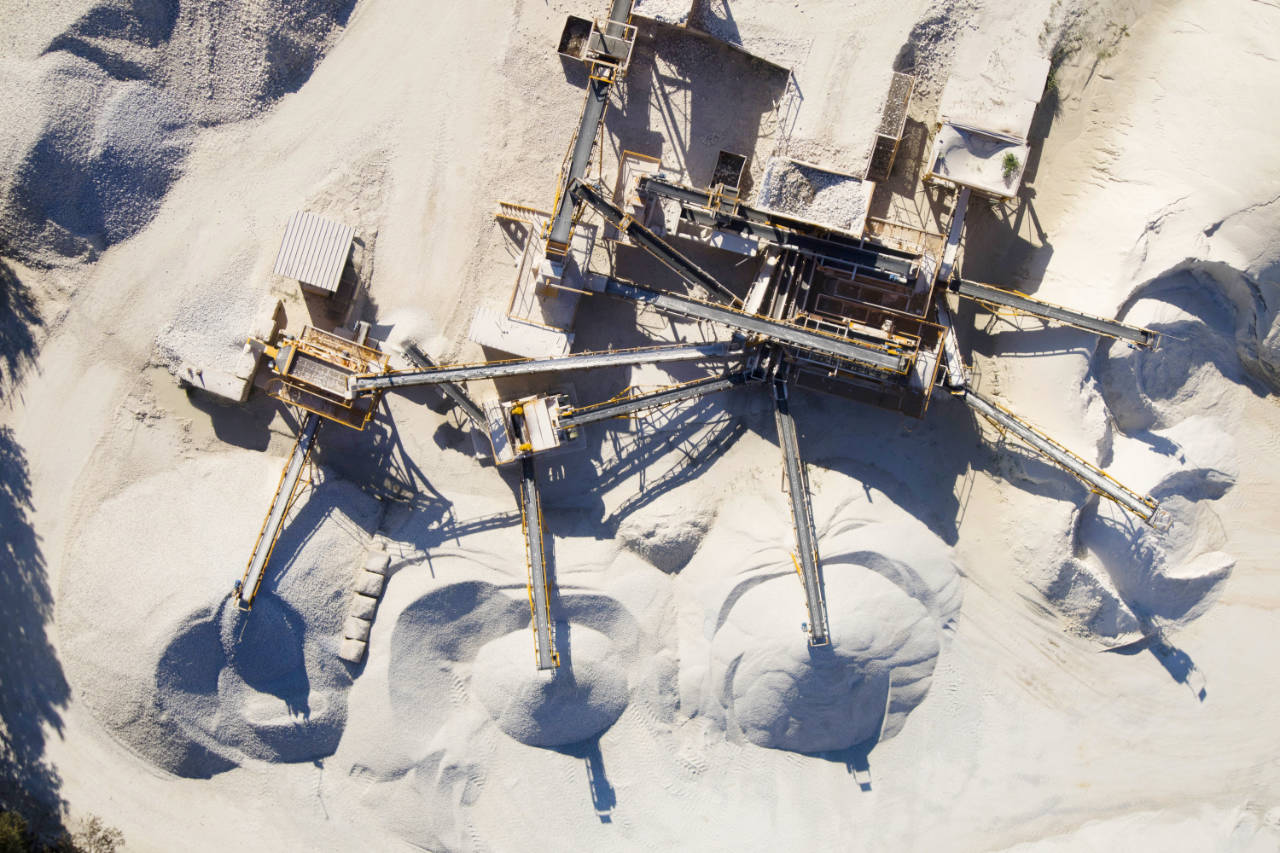
The Fundamentals Of How Cement Is Made
Cement is the basic ingredient of concrete. Concrete is formed when portland cement creates a paste with water that binds with sand and rock to harden.
Read more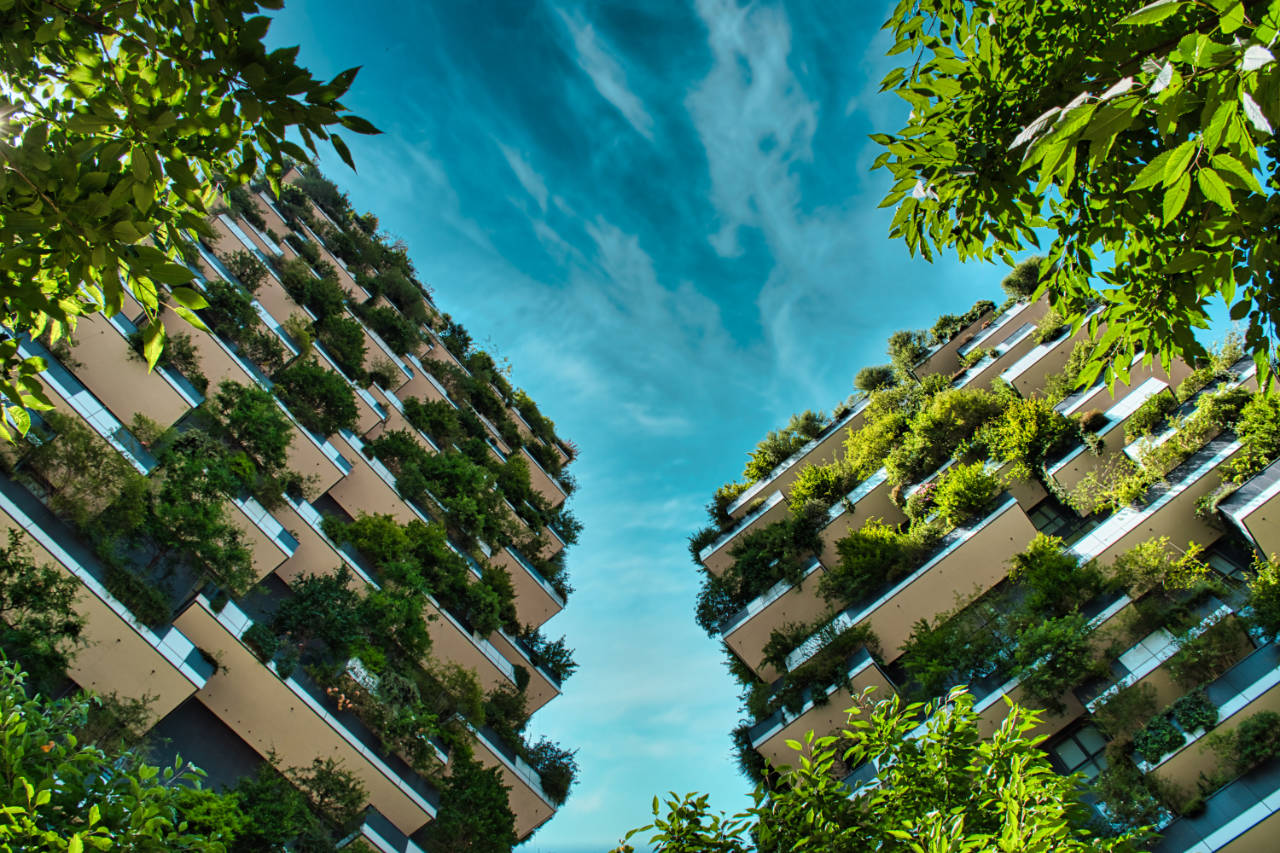
Climate Change and Concrete – How are they related?
Much has been written about climate change, yet it is often difficult to pin down exactly what it means for our way of life as well as the future of our economy.
Read more
The Built Environment
The term ‘built environment’ is widely used but often is interpreted to represent structures such as homes and buildings. The ‘built environment’ includes all aspects of our everyday surroundings that have been constructed by humans, as distinct from the natural environment.
Read moreResearch Briefs
The Northwest Cement Council is working with a number of organizations on research on strategies to promote the use of concrete and related building products that are better able to withstand the climate-related challenges of a changing world environment. There are a number of areas of research the Council and its various members and partners are pursuing. Details on the research currently underway are provided below.
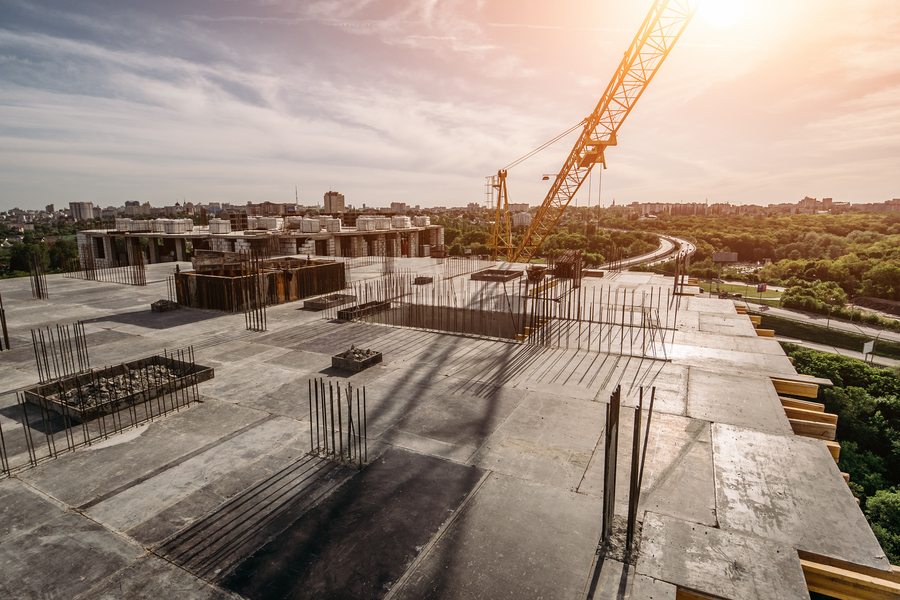
Concrete’s role in reducing building and pavement emissions
MIT researchers find emissions of U.S. buildings and pavements can be reduced by around 50 percent even as concrete use increases.
Read more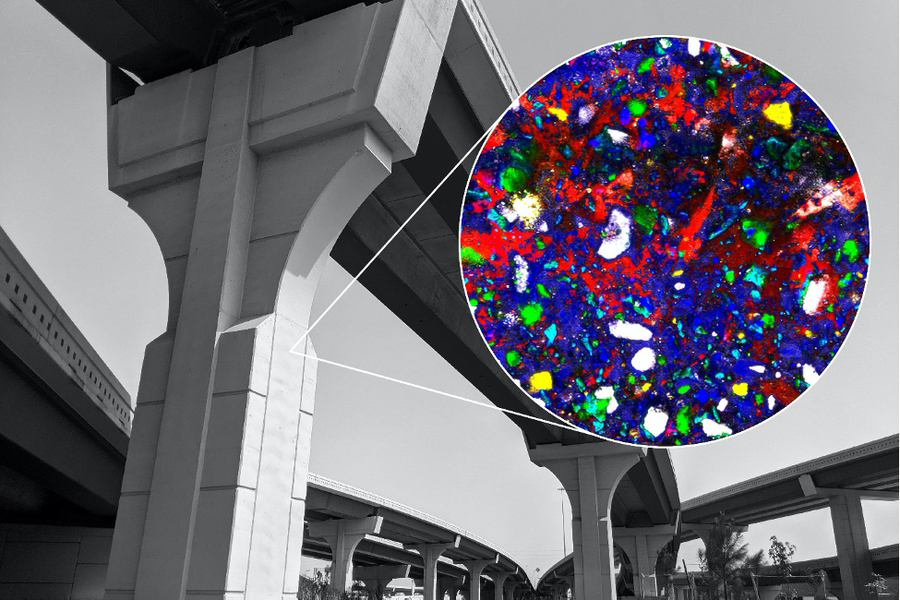
Visualizing cement hydration on a molecular level
Imaging technique could enable new pathways for reducing concrete’s hefty carbon footprint, as well as for 3- D printing of concrete.
Read more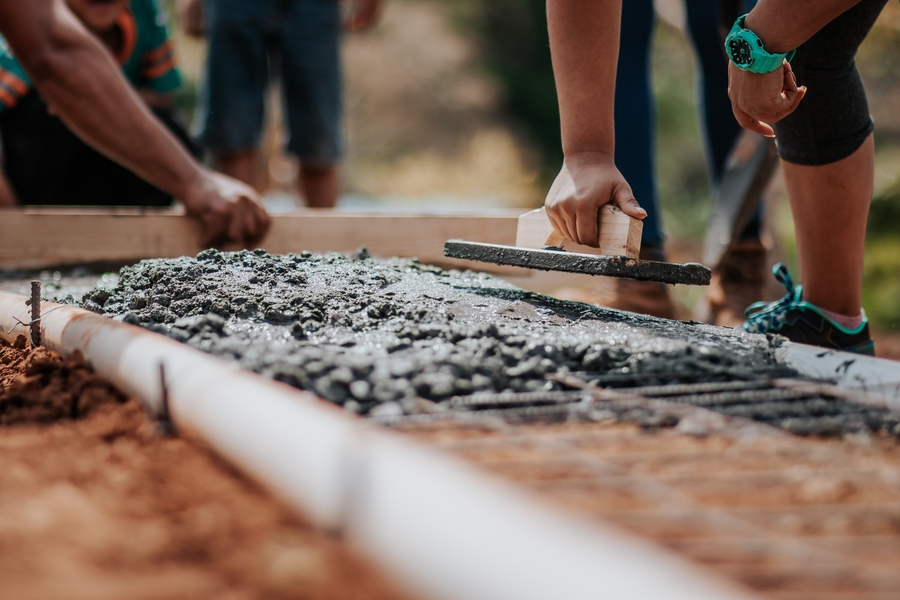
Countering climate change with cool pavements
Researchers affiliated with the MIT Concrete Sustainability Hub find that paving material selection could mitigate extreme heat and greenhouse gas emissions.
Read moreCase Studies
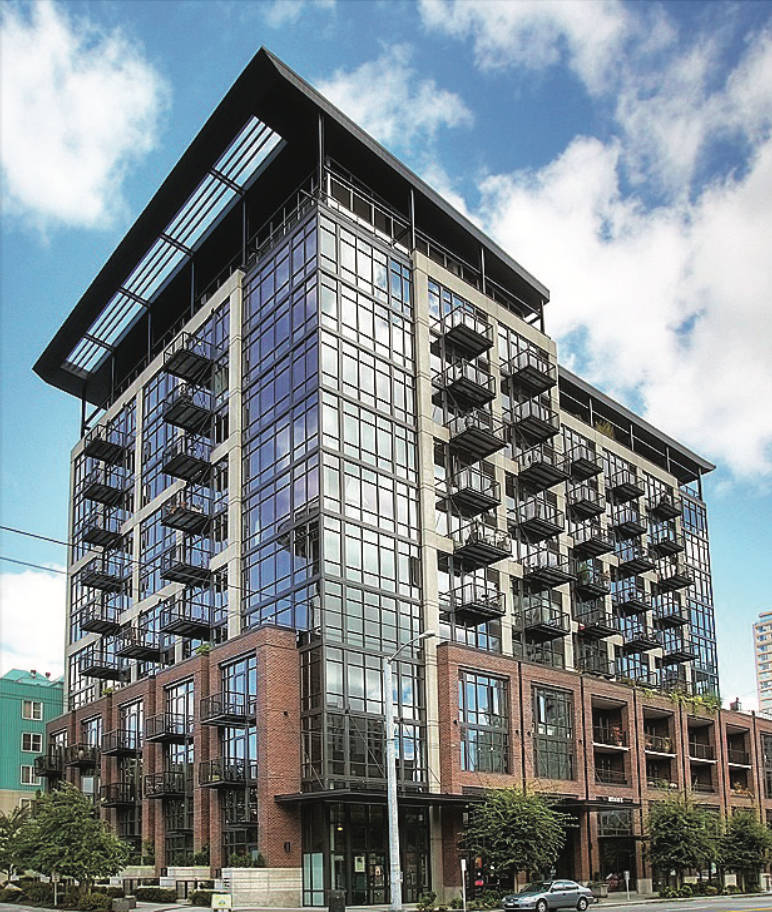
Concrete Case Study: Ease of use
Called the “most interesting and provocative residential high- rise to appear in Seattle since World War II,” Mosler Lofts was designed not only for style but also with purpose.
Read more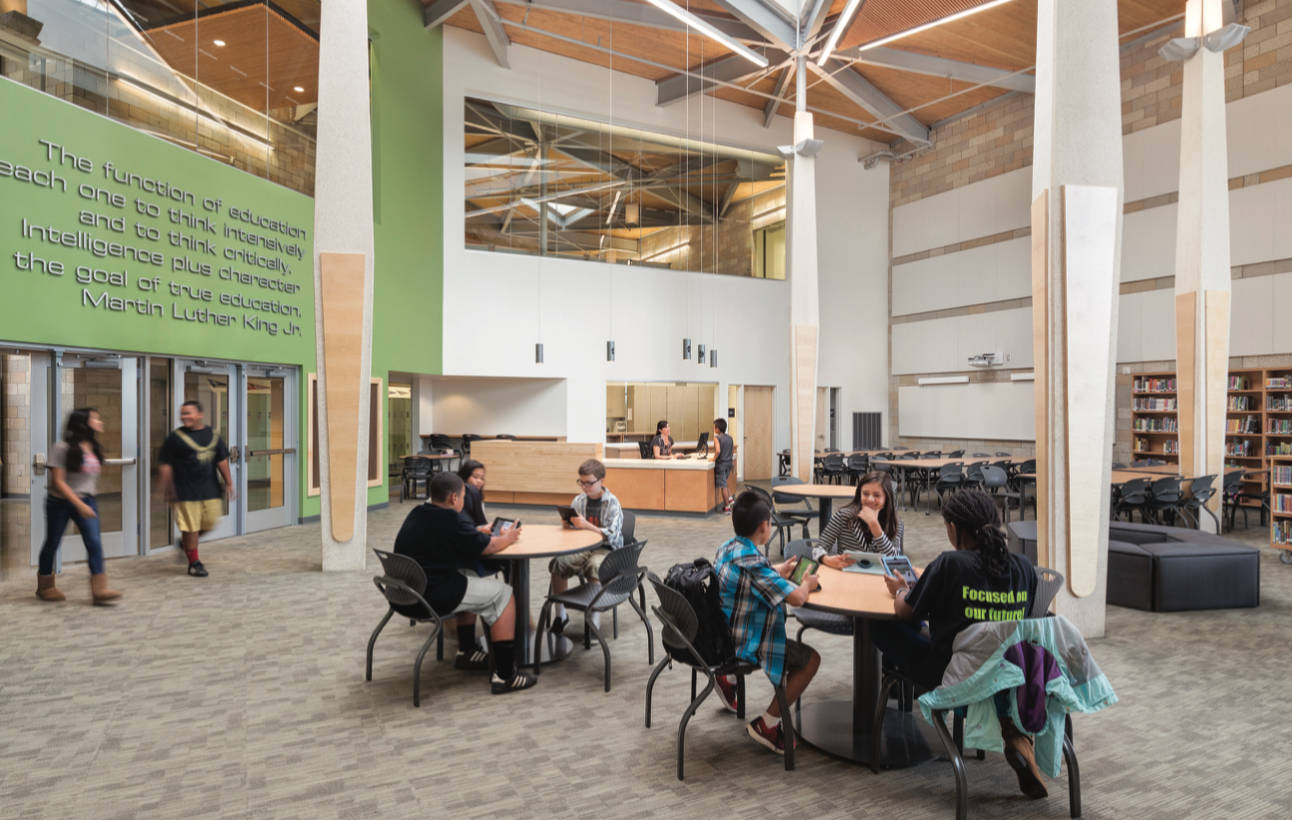
Parkrose Middle School - Portland, OR
The new middle school is a beautiful example of an all masonry cavity wall system with 76,000 blended- color ground-face CMU exposed on the interior walls —140,000 block total—and 350,000 units of blended tan brick for the exterior.
Read more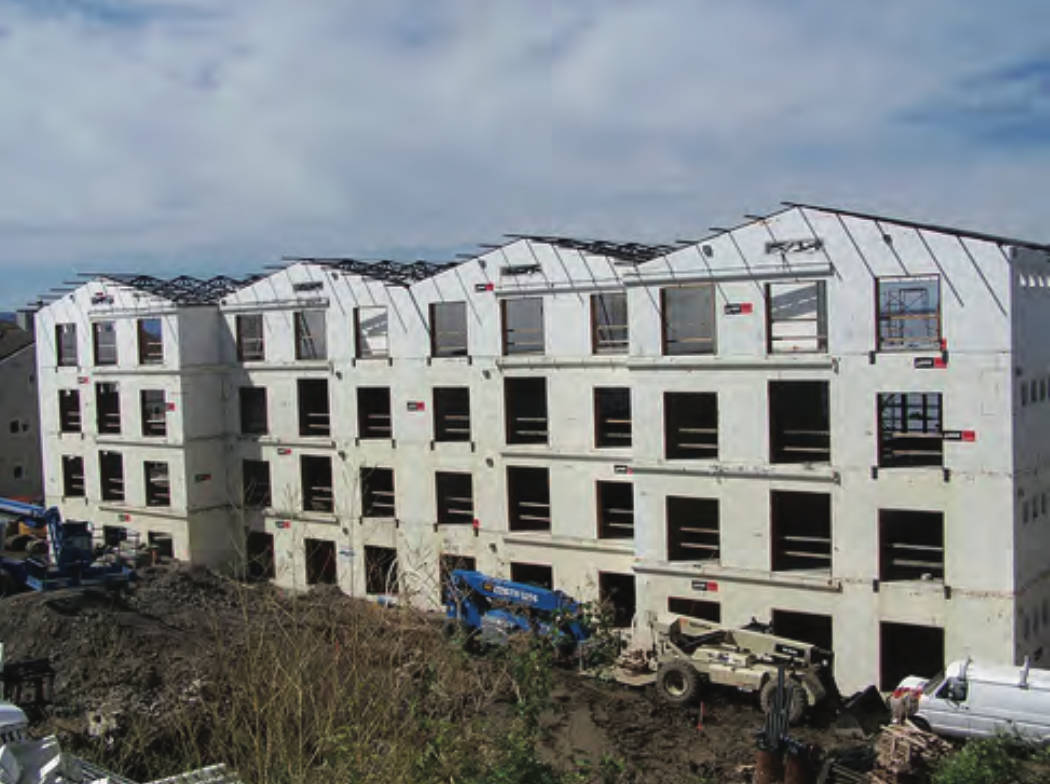
Insulated Concrete Form Case Study
This project used 12” Logix walls for the underground garage, 8” concrete core for the backside facing the bay, and a 6.25” core for the sides and front of the building and demising walls.
Read more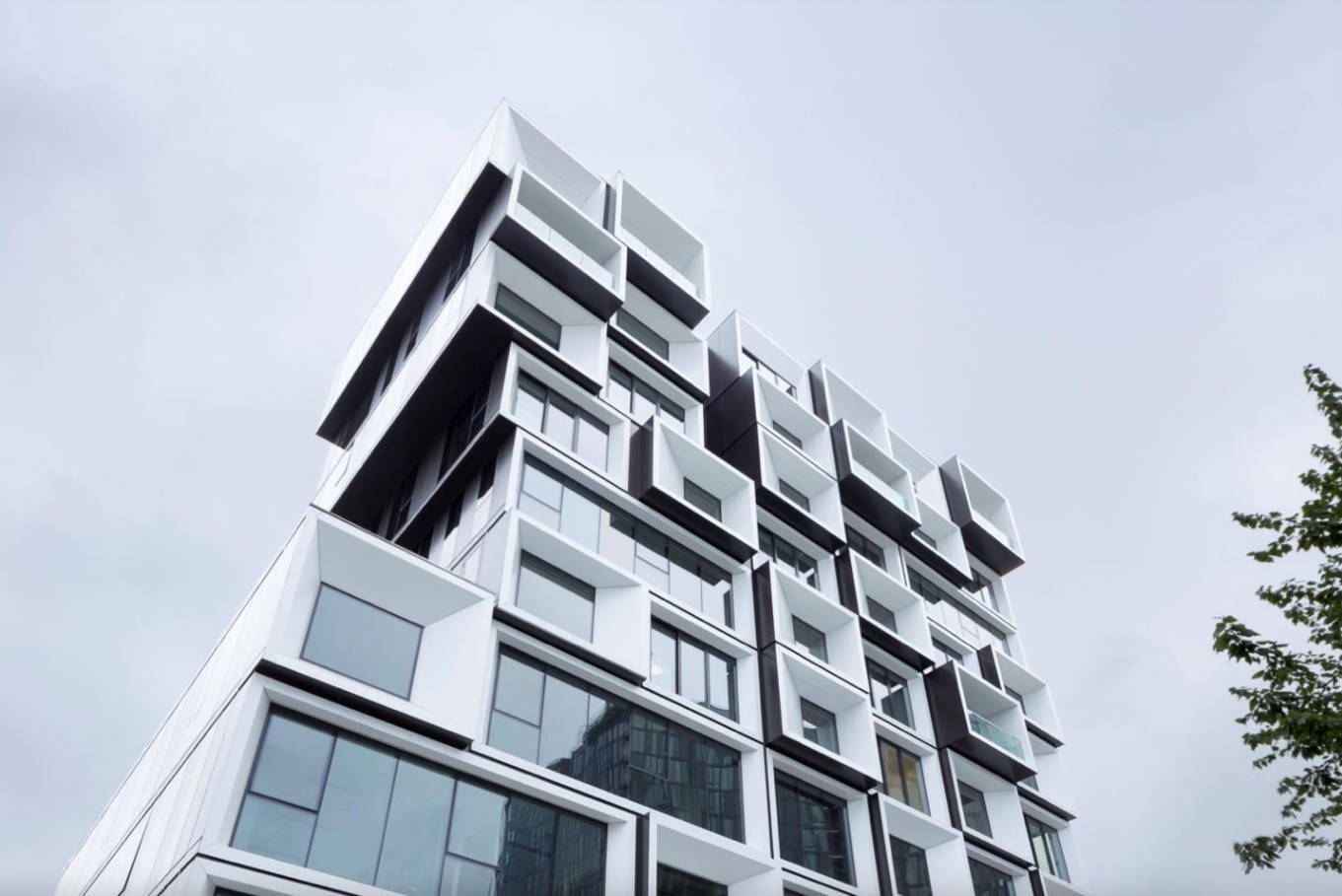
Slate – Portland, OR
Slate is a 10 story mixed‐use development in Portland Oregon, representing the City’s efforts to revitalize the Burnside Bridgehead area.
Read moreMultimedia
Build Back Better
Building Better and Resilient Buildings and Infrastructure in our communities to higher standards than are required by currently established building codes is critical to the future wellbeing of millions of people worldwide.
This was the key message delivered by Bill Larson, Chair of the Pacific Northwest Building Resilience Coalition to delegates attending the 30th Annual Summit of the Pacific Northwest Economic Region (PNWER) that took place in Big Sky Montana in August 2021.
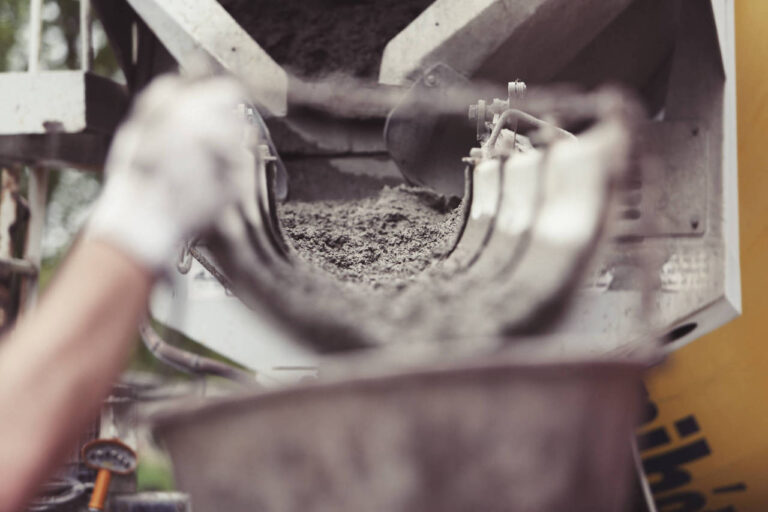
Greenhouse gas emissions tied to concrete
Listen to this Podcast featuring Hessam Azarijafari, Randy Kirchain, and Jeremy Gregory as they explore how innovations in the concrete industry can reduce greenhouse gas emissions. Source: Proceedings of the National Academy of Science (PNAS)
